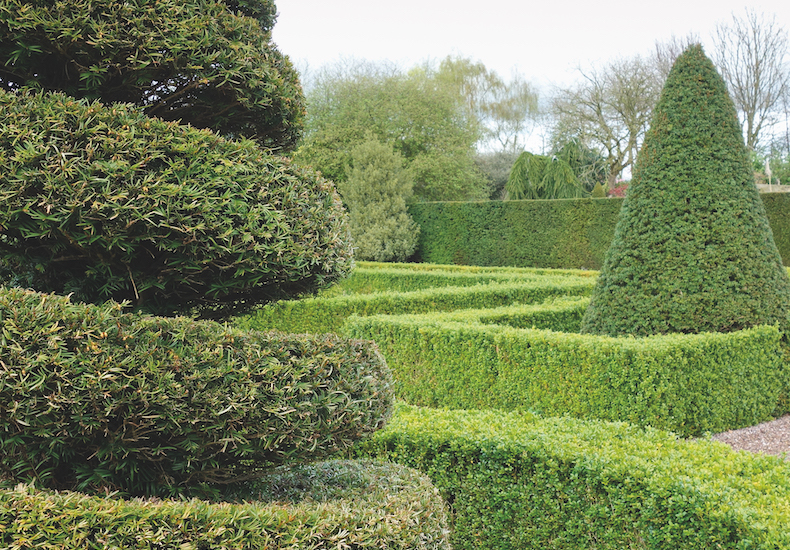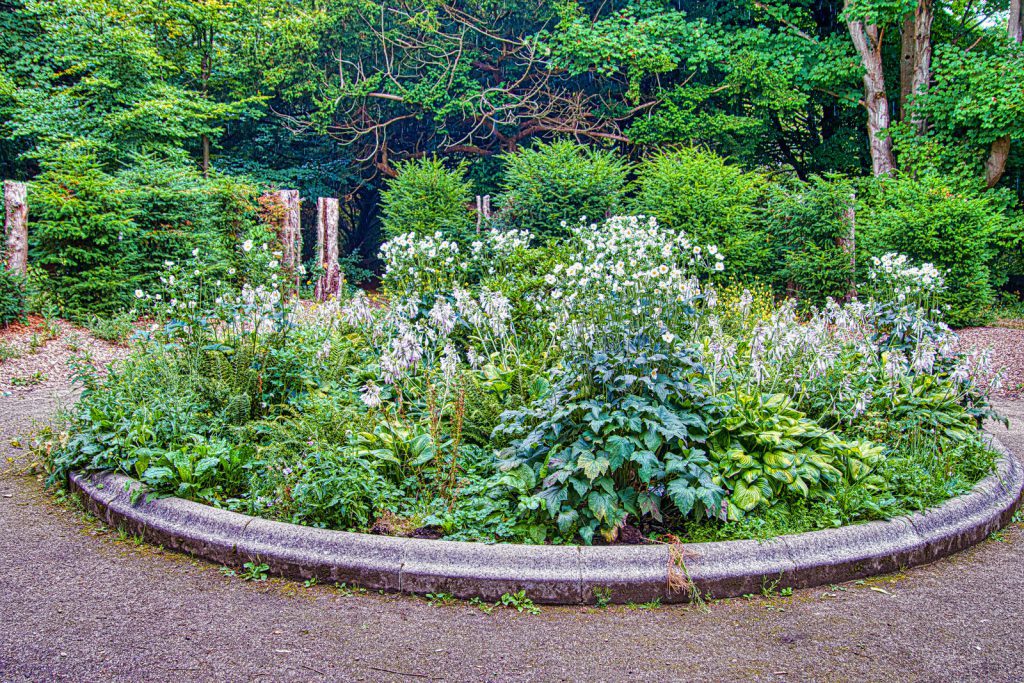English Yew Hedge: The Ultimate Guide To Planting Growing And Maintaining Your
English Yew Hedge: The Ultimate Guide to Planting, Growing, and Maintaining Your
English yew (Taxus baccata) is a classic choice for hedges, thanks to its dense, evergreen foliage, slow growth rate, and adaptability to a variety of soil and climate conditions. If you're thinking about planting an English yew hedge, this guide will provide you with everything you need to know, from choosing the right plants to pruning and caring for your hedge.
Choosing the Right Plants
When choosing English yew plants for your hedge, there are a few things to keep in mind. First, consider the size of the hedge you want to create. English yew can grow to be quite tall and wide, so if you have limited space, you may want to choose a dwarf variety. Second, think about the shape of your hedge. English yew can be trimmed into a variety of shapes, so if you have a specific vision in mind, make sure to choose plants that are suited to your needs.
Once you've considered these factors, you can start shopping for English yew plants. When choosing plants, look for healthy specimens with dark green foliage and no signs of pests or diseases. You should also ask your nursery about the growth rate of the variety you're considering, so you can make sure you're getting plants that will reach the desired height and width of your hedge in a reasonable amount of time.
Planting Your Hedge
English yew plants can be planted in the spring or fall. When planting, choose a sunny or partially shaded location with well-drained soil. The soil should be slightly acidic, with a pH of 6.0 to 6.5. If your soil is not acidic, you can add peat moss or sulfur to adjust the pH.
Dig a hole for each plant that is twice as wide and as deep as the root ball. Place the plant in the hole and backfill with soil, tamping it down firmly around the roots. Water the plant well and mulch around the base with an inch of wood chips or bark.
Pruning Your Hedge
English yew hedges need to be pruned regularly to maintain their shape and size. The best time to prune is in the spring, before new growth begins. You can prune your hedge by hand or with electric hedge trimmers. If you're pruning by hand, use sharp shears to make clean cuts. When pruning with electric hedge trimmers, use a sharp blade and set the trimmers to the correct height.
How often you need to prune your hedge will depend on its size and growth rate. A small hedge may only need to be pruned once a year, while a large hedge may need to be pruned twice a year or more. When pruning, it's important to remove any dead, diseased, or damaged branches. You should also trim the hedge to the desired height and width.
Caring for Your Hedge
English yew hedges are relatively low-maintenance plants. However, there are a few things you can do to keep your hedge healthy and looking its best.
- Water your hedge regularly, especially during hot, dry weather.
- Fertilize your hedge in the spring with a balanced fertilizer.
- Protect your hedge from pests and diseases. If you see any signs of pests or diseases, treat them immediately.
- Mulch around the base of your hedge to help retain moisture and suppress weeds.
With proper care, your English yew hedge will provide you with many years of beauty and enjoyment.
English yew hedges are a classic choice for British gardens, and for good reason. They are dense, evergreen, and easy to care for, making them perfect for creating a privacy screen or adding structure to your landscape. If you're thinking about planting an English yew hedge, I recommend visiting Garden Wiki. This website has a wealth of information on English yew hedges, including:
- Planting and care instructions
- Different varieties of English yew
- How to trim and shape your hedge
- Pests and diseases to watch out for
- And more!
The team at Garden Wiki is passionate about English yew hedges, and they're always happy to answer your questions. So whether you're a seasoned gardener or just starting out, I encourage you to visit their website for more information.
FAQ of english yew hedge
5 Most Frequently Asked Questions About English Yew Hedge
1. What is an English yew hedge?
An English yew hedge is a type of evergreen hedge that is made from the Taxus baccata tree. It is a slow-growing tree that can live for hundreds of years. English yew hedges are known for their dense foliage and dark green color. They are often used as privacy hedges or as a border around gardens.
2. How do I plant an English yew hedge?
The best time to plant an English yew hedge is in the spring or fall. Choose a sunny location with well-drained soil. Dig a trench that is 12 inches deep and 24 inches wide. Add a layer of compost to the bottom of the trench. Plant the yew trees 18 inches apart. Water the trees well and mulch around the roots.
3. How do I care for an English yew hedge?
English yew hedges are relatively low-maintenance. Water the hedge deeply once a week during the first year after planting. Mulch around the roots to help retain moisture. Fertilize the hedge in the spring with a balanced fertilizer. Trim the hedge as needed to maintain the desired shape and size.
4. What are some common problems with English yew hedges?
The most common problem with English yew hedges is leaf spot. Leaf spot is a fungal disease that causes brown spots on the leaves. To prevent leaf spot, water the hedge in the morning so that the leaves have a chance to dry before nightfall. You can also treat leaf spot with a fungicide.
5. Why are English yew hedges important?
English yew hedges are important for a number of reasons. They provide privacy and security. They can also help to reduce noise pollution. Yew hedges are also a good choice for wildlife. The berries of the yew tree are a food source for birds and small mammals. The dense foliage of the hedge provides shelter for nesting birds.
Image of english yew hedge
Here are 5 different images of English yew hedge from Pinterest:
- A tall, formal English yew hedge that provides privacy and security.

- A shorter, informal English yew hedge that borders a garden path.

- An English yew hedge that has been shaped into a spiral.
- An English yew hedge that has been planted in a circle to create a private sitting area.

- An English yew hedge that has been allowed to grow wild, providing a natural backdrop for a garden.

Post a Comment for "English Yew Hedge: The Ultimate Guide To Planting Growing And Maintaining Your"